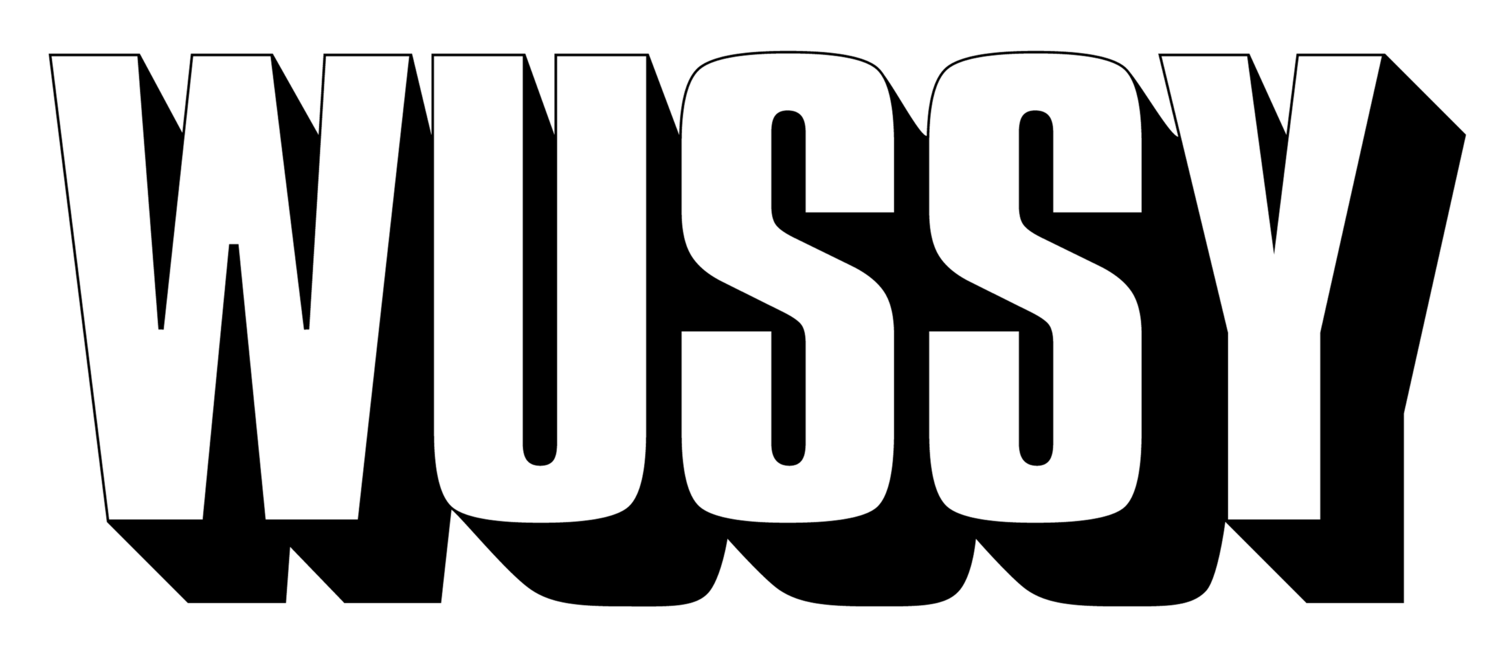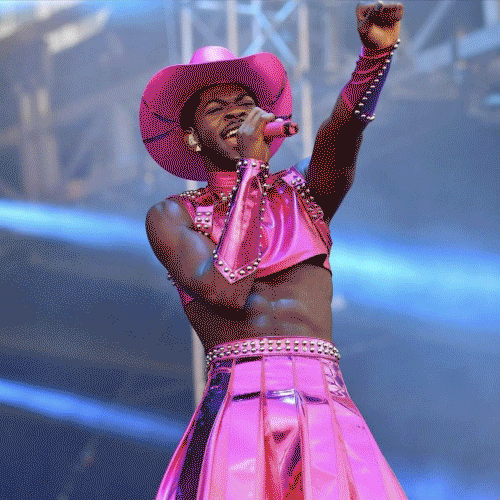Double Edged Sword: Queer Activism in the Internet Age
Since the news of the net neutrality repeal hit the blogosphere, I’ve seen think piece after think piece about how open access to the web is vital to queer life. This point underlines both the broad importance of net neutrality and how much the internet—with its radiant array of chat rooms and forums and other newfangled communications—forever changed how queer people interact and organize. For those of us who came of age in a time before AOL or Myspace, finding the words, resources, and communities we needed to understand our queerness could seem like an impossibility—especially in the rural South. After chat rooms, social media, and other kinds of virtual communication technologies erupted into reality, many queer people found within them a way to communicate with other people who shared their experiences for the first time. Teens who were struggling with dysphoria or trying to conceal same-gender crushes on their classmates connected with mentors who introduced them to the lexicon of queer experience: Gay, lesbian, bisexual, transgender, questioning, queer. In the glowering blue of the computer screen, new worlds materialized.
Fortified with the power to create custom screennames and homemade avatars, queers both young and old found that, online, they could begin to play with identities that had seemed fixed in the real world. They named themselves and remade themselves. They shared stories and doled out support. They founded communities and introduced new forms of slang. Hell, they even virtually dated—a practice that has become continually essential to queer love as more and more of us ditch gay bars in favor of tidy and convenient virtual correspondences. What the internet heralded was revolutionary and, for some, a cause for celebration. But the changes were also precarious, and not everyone welcomed them.
Before the internet, queer people had myriad methods of finding and connecting with one another. Once virtual communication took off, it seemed like older forms of connection were dying out. So much of the gay liberation movement had been built on pen and paper. Here in Southwest Virginia, gay activists in the 70s and 80s spent long hours creating mailing lists and newsletters that were meant to bring disparate queer communities together. The newsletters were a labor of love: filled with biting editorials, comics about the wretchedness of Reagan or the vindictive Christianity of Falwell, and jokes about local attractions and popular culture. In an oral history interview, a gay woman from Roanoke describes the work her and other lesbians put into their newsletter Skip Two Periods as a reflection of “how we presented ourselves to the world.” It was more than a slip of paper that circulated around a small group of insiders—it was a microcosm of what it meant to be queer in a particular place, at a particular time, with a particular community.
Newsletters were used primarily by activist groups; individual queers and underground collectives had other ways of communicating. In the 80s and 90s, some produced zines—DIY, self-published magazines. Zines—cheap and easily distributable—brought LGBTQ art, politics, and perspectives into the hands of diverse audiences. Each zine was singular, powerful, and—like the newsletters that came before it—often representative of a particular place, time, and community. In the 21st century, when social media became more quotidian, some of these Zines were archived in places like the QZAP Zine Archive. Likewise, old LGBT Newsletters were also archived on the web. The Southwest Virginia LGBTQ History Project is in the process of digitizing Southwest Virginia’s historical gay newsletters, like Skip Two Periods, in an online repository that can be accessed by anyone around the world. Indeed, online digitization can serve to democratize information—giving those who may have never stumbled across (or been able to publicly engage with) a zine or newsletter access to thousands of such publications instantly. Considering the innumerable queers who were too rural or poor or otherwise marginalized to claim a material community, this ease of access is a major boon—one that could bring more people together.
On the other hand, the popularity of virtual communities and artifacts can erode physical queer space and physical queer organizations. During the internet’s beginnings, many feared that virtual reality would subsume actual reality. Now, deep in the age of virtuality, we know that the internet has profoundly affected the way we see the world and ourselves. This effect is not intangible—what we do online echoes in real space and time. “Queer community” means something different now than it did thirty years ago. Distinct gay spaces and gayborhoods have withered away, in part because more queer families are mainstreaming and achieving “homonormativity,” but also because of emerging virtual queer communities that transcend geographical closeness.
The work of queer activist organizations has also transformed online. In the 1970s, for example, one of Roanoke’s earliest gay activist groups, The Free Alliance of Individual Rights, was founded in a single apartment complex by a ground of friends. Their membership was small, and their visibility limited. Now, The Southwest Virginia LGBTQ History Project—also based in Roanoke—uses Facebook and Instagram to connect with hundreds of people, some local—some national and international. As queer activists living in the South, the increased visibility we’ve achieved online has given us much needed allies, but it has also made our initiatives more complex. A broader, more diverse community at our fingertips means we must continually work to build bridges and unite audiences for collective action—but what “collective action” amounts to in virtual spaces is fuzzy at best. In social media’s point and click culture, keeping people’s attention and stoking their passion is difficult. Plus, increased visibility can lead to increased hostility. As we work to build coalitions, jingoistic factions like “the alt-right” work just as hard to make virtual reality as violent and inequitable as actual reality.
For everything the internet has given to queer people, it has also challenged us—our histories, our communities, our sense of self. Whether the good outweighs the bad is too simplistic a question—technology is here to stay. It will continue to revolutionize the way we live, and that’s why it is so essential that we all have affordable, open access to it—full stop. The task at hand for queer activists and community builders is figuring out how to use the internet holistically, equitably, and creatively—minimizing consternation and maximizing radical potential. Many of us also seek to establish a balance between virtual connection and real-world impact. A combination of online and face-to-face tactics seems necessary to confront a world reeling from rapid change.
This past year, I tried my hand at publishing a queer history and activism themed Zine—the first of its kind in Southwest Virginia, as far as I know. I remember sitting in my favorite local coffee shop, picking up the print version and feeling its slight weight in my hands. The realness of it sitting on a bookshelf, taking up space in the same world that my body lived in seemed holy to me. I imagined people stumbling across it by accident, and the unfiltered surprise or delight or confusion or anger that would follow. Its physical existence is inherently confrontational, and that makes it powerful. The following week, I mailed a copy of the Zine to Alaska—an old community member that had moved away long ago read about it online, and wanted a copy for herself, some 3000 miles away in a place entirely alien to me. That felt powerful, too.
----
RM Barton is a writer and activist living in Roanoke, Virginia. Originally from Maryland, she moved to Southwest Virginia for school some five years ago, and has since become invested in queering southern space. She is the co-lead of The Southwest Virginia LGBTQ History Project and the publisher of The Southwest Virginia LGBTQ History Project Zine, which aims to illuminate queer history through queer art and storytelling. She blogs at rmbartonblog.wordpress.com
Archive
- February 2025
- November 2024
- October 2024
- September 2024
- August 2024
- July 2024
- June 2024
- May 2024
- April 2024
- October 2023
- July 2023
- June 2023
- May 2023
- April 2023
- March 2023
- February 2023
- June 2022
- April 2022
- March 2022
- January 2022
- December 2021
- October 2021
- September 2021
- August 2021
- July 2021
- June 2021
- May 2021
- April 2021
- March 2021
- February 2021
- January 2021
- December 2020
- October 2020
- September 2020
- August 2020
- July 2020
- June 2020
- May 2020
- April 2020
- March 2020
- February 2020
- January 2020
- December 2019
- November 2019
- October 2019
- September 2019
- August 2019
- July 2019
- June 2019
- May 2019
- April 2019
- March 2019
- February 2019
- January 2019
- December 2018
- November 2018
- October 2018
- September 2018
- August 2018
- July 2018
- June 2018
- May 2018
- April 2018
- March 2018
- February 2018
- January 2018
- December 2017
- November 2017
- October 2017
- September 2017
- August 2017
- July 2017
- June 2017
- May 2017
- April 2017
- March 2017
- February 2017
- January 2017
- December 2015
- November 2015
- October 2015
- September 2015
- August 2015
- July 2015
- June 2015
- May 2015
- April 2015












